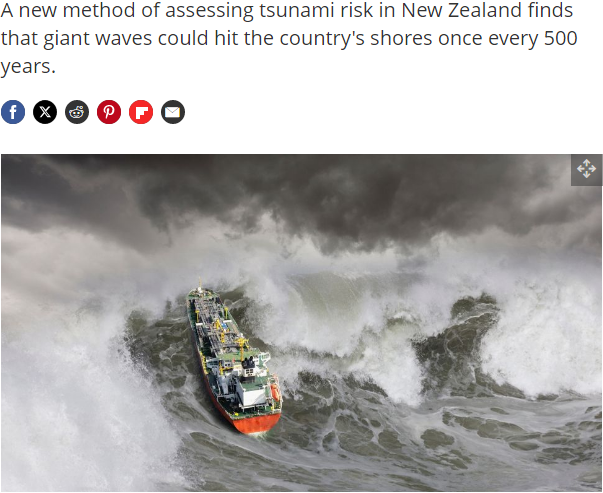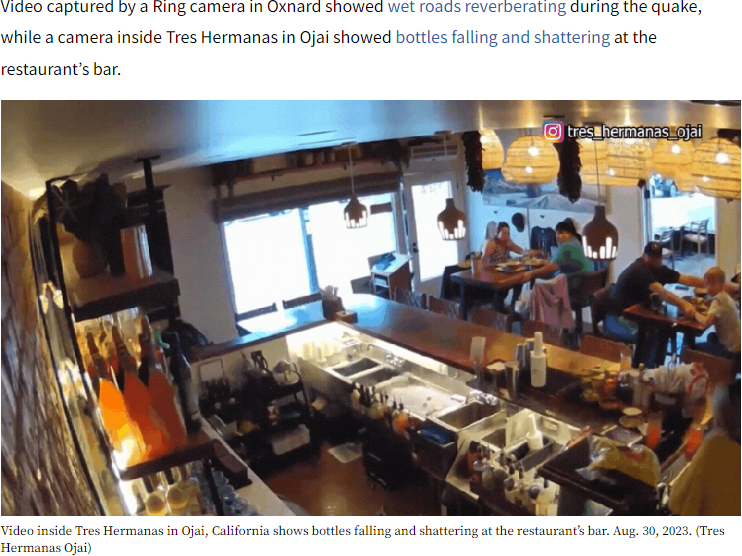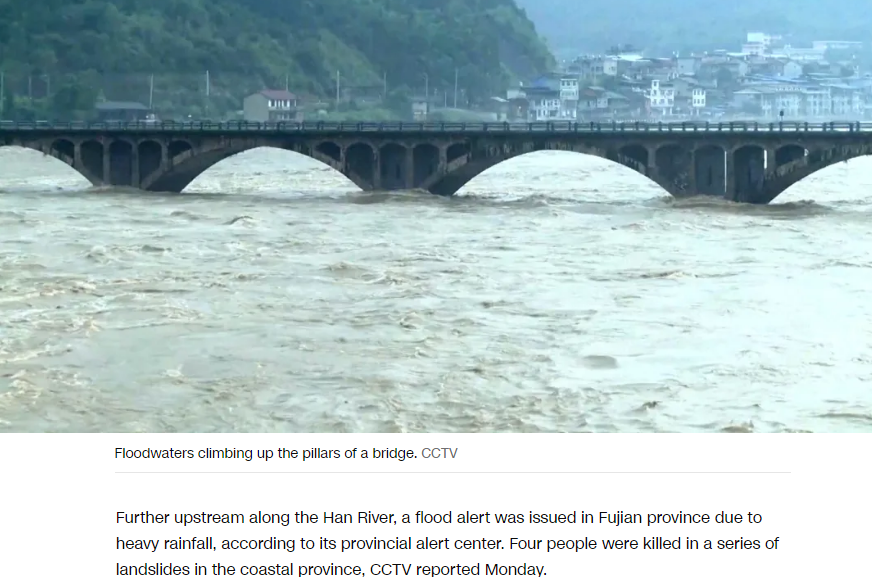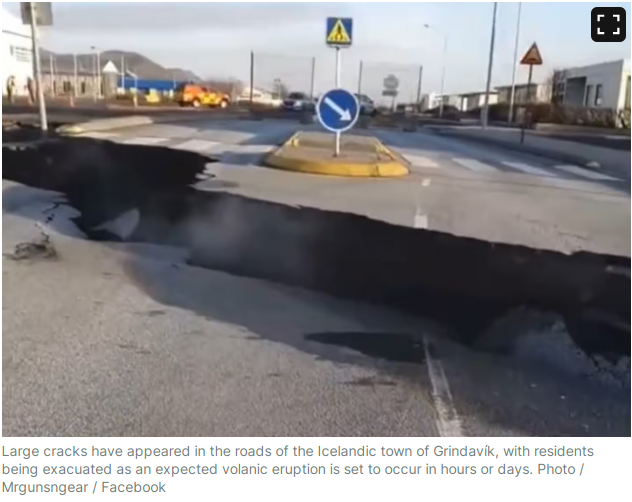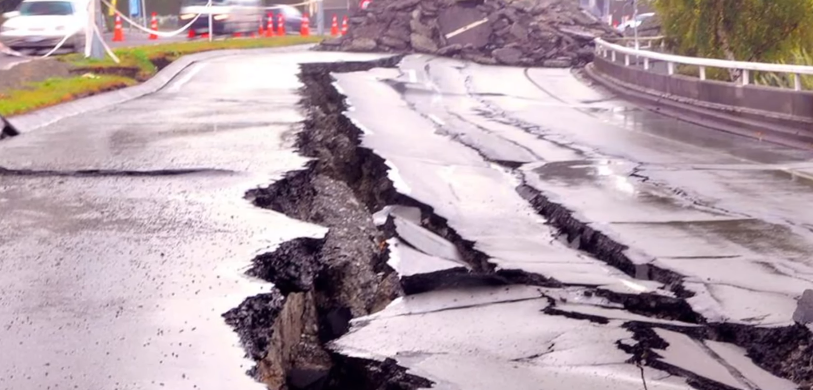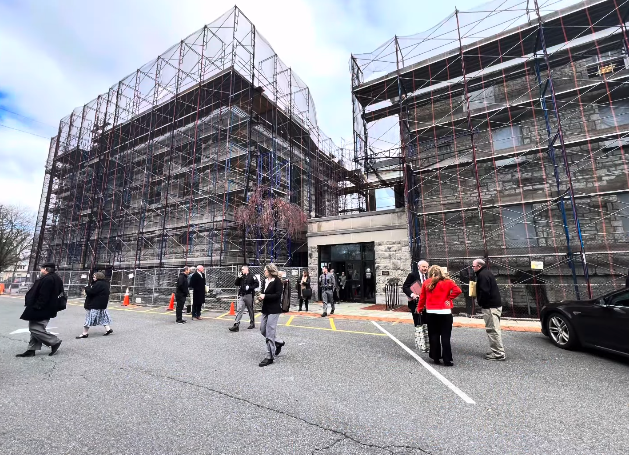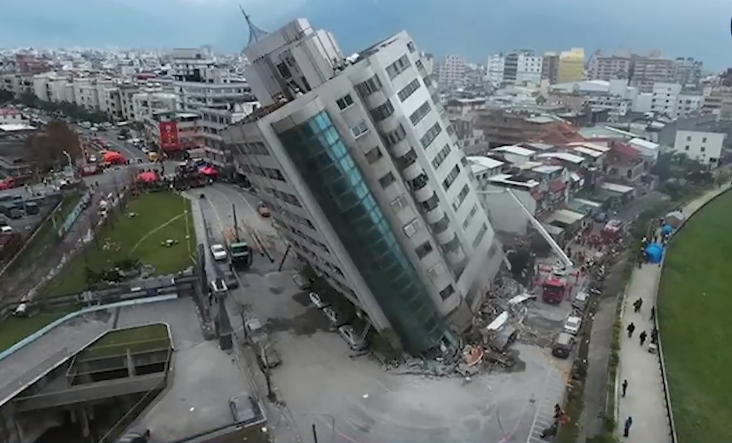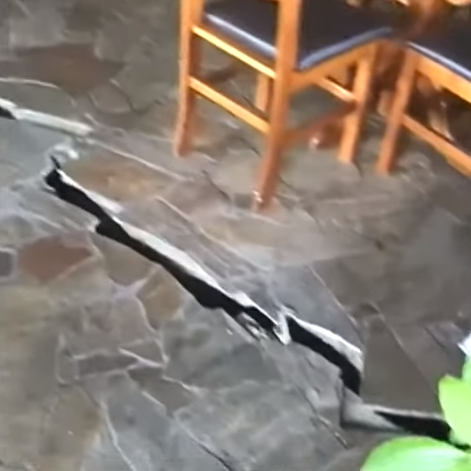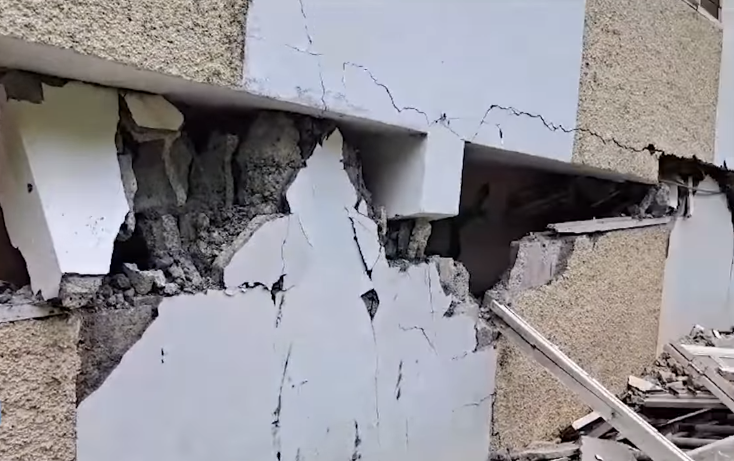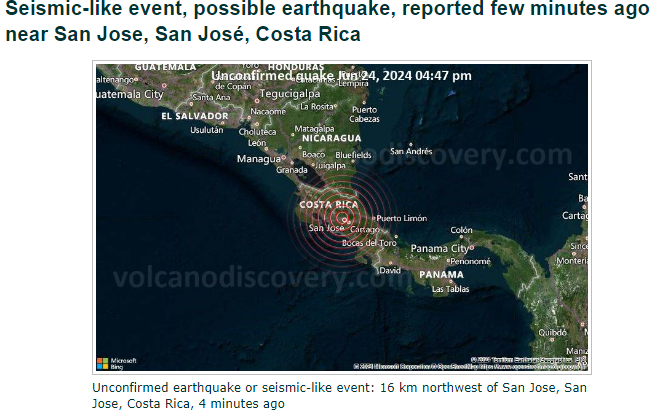On August 18, 2024, a significant seismic event occurred in Russia’s Far East, triggering a volcanic eruption and raising concerns about potential future earthquakes. Here is a comprehensive overview of the event:
Key Details of the Earthquake and Volcano Eruption
| Detail | Description |
|---|---|
| Magnitude | 7.0 magnitude earthquake |
| Location | Off Kamchatka’s east coast, Pacific Ocean |
| Depth | 6 kilometers (3.7 miles) under the sea bed |
| Epicenter | 108 kilometers (67 miles) southeast of Petropavlovsk-Kamchatsky |
| Volcano | Shiveluch volcano, one of Russia’s most active |
| Ash Cloud | Reached 5 kilometers (3 miles) into the sky |
| Impact | Brief ‘code red’ warning for aircraft, no commercial flights disrupted |
| Potential Future Earthquake | Warning of a potential second quake with a magnitude approaching 9.0 within 24 hours |

The Earthquake
A powerful 7.0 magnitude earthquake struck off the east coast of Kamchatka in Russia’s Far East early on Sunday, August 18, 2024. The epicenter was located approximately 108 kilometers (67 miles) southeast of the city of Petropavlovsk-Kamchatsky, a port city with over 181,000 residents.
Immediate Effects and Warnings
- Tsunami Alert: The Pacific Tsunami Warning Center issued a tsunami alert, which was later rescinded as the tsunami threat dissipated. Minor fluctuations in sea levels were expected in some coastal regions for several hours.
- Depth and Epicenter: The earthquake occurred at a depth of 6 kilometers (3.7 miles) under the sea bed.
- Shaking: Residents of Petropavlovsk-Kamchatsky reported some of the strongest shaking in a long time.
The Volcano Eruption
The Shiveluch volcano, one of Russia’s most active volcanoes, began erupting shortly after the earthquake. Here are the key points about the eruption:
Eruption Details
- Ash Cloud: The eruption spewed plumes of ash 5 kilometers (3 miles) into the sky over the Kamchatka Peninsula.
- Ash Cloud Spread: The ash cloud stretched over 490 kilometers east and southeast of the volcano.
- Aircraft Warning: A brief ‘code red’ warning was issued for aircraft due to the ash cloud, but no commercial flights were disrupted.
Additional Volcanic Activity
- Ebeko Volcano: The Ebeko volcano, located on the Kuril Islands, also spewed ash 2.5 kilometers high, although it was not explicitly stated whether the earthquake triggered this eruption.
Potential Future Seismic Activity
Russian scientists from the Institute of Volcanology and Seismology warned that the recent earthquake may be a prelude to an even stronger earthquake in southeastern Kamchatka. They suggested that a potential second quake could occur within 24 hours with a magnitude approaching 9.0.
Historical Context
The Kamchatka region is known for its seismic and volcanic activity. For example, on November 4, 1952, a magnitude 9.0 earthquake in Kamchatka caused significant damage but no reported deaths, despite triggering 9.1-meter (30-foot) waves in Hawaii.
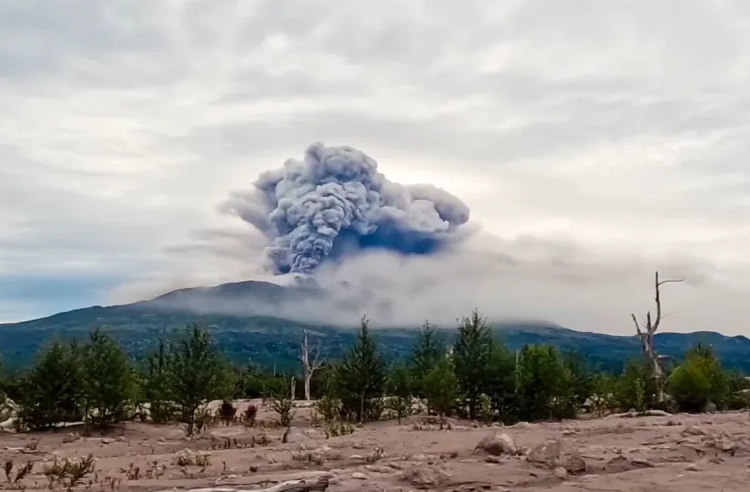
Conclusion
The recent earthquake and subsequent volcanic eruption in Russia’s Far East highlight the region’s vulnerability to seismic and volcanic activity. While there were no immediate reports of injuries or significant damage from the earthquake, the potential for future, more potent earthquakes underscores the need for continued monitoring and preparedness.
Key Takeaways
- Seismic Activity: A 7.0 magnitude earthquake struck off Kamchatka’s east coast.
- Volcanic Eruption: The Shiveluch volcano erupted, spewing ash 5 kilometers into the sky.
- Aircraft Warning: A brief ‘code red’ warning was issued for aircraft.
- Potential Future Earthquake: Scientists warn of a potential second quake with a magnitude approaching 9.0 within 24 hours.
This event serves as a reminder of the dynamic geological processes at play in Russia’s Far East and the importance of ongoing scientific monitoring and public preparedness.

